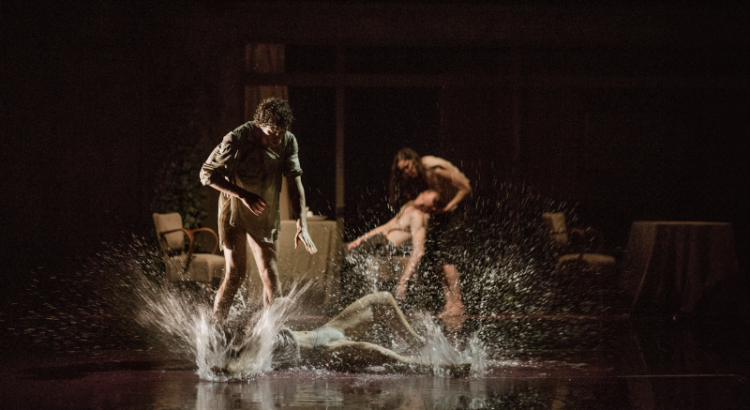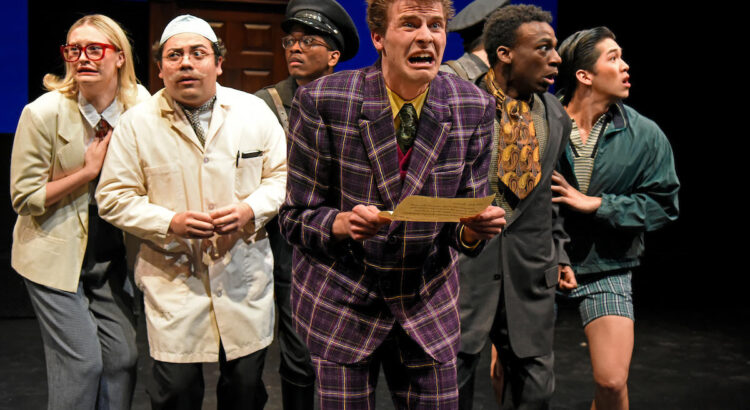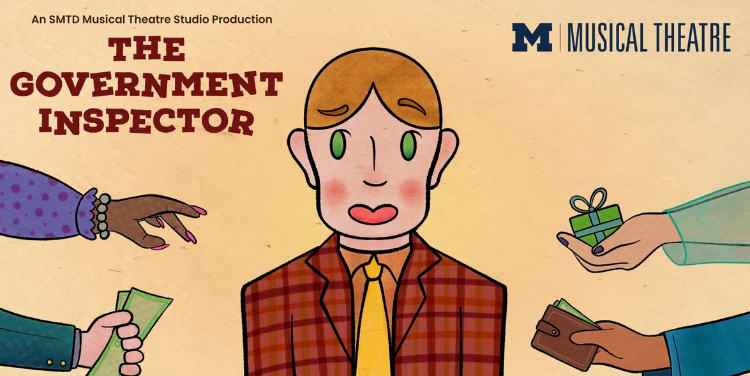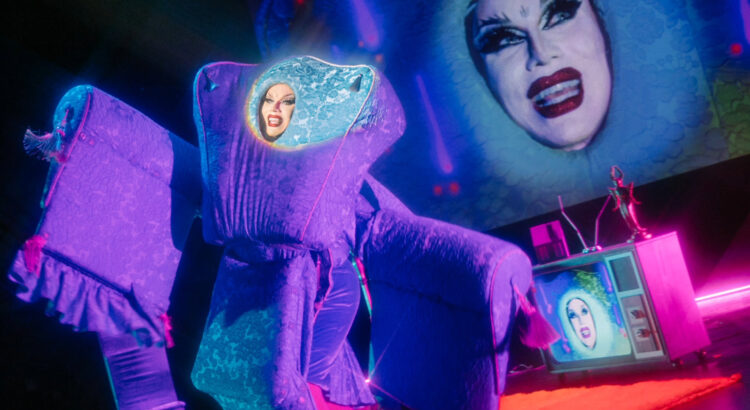Upon entering the realm of Peeping Tom’s Triptych, one quickly learns to abandon all preconceived notions of a linear narrative. This Belgian dance theatre company crafts an experience that is just weird, yet so irresistibly fantastic that it leaves you ensnared in its labyrinthine grip. Composed of three haunting acts united by the intricate theme of “memory as labyrinth,” the production ventures into territories both unsettling and sublime, drawing you into a journey that defies traditional storytelling.
Where Triptych excels is in its audacity to explore the intangible nature of memory—not a straightforward journey, but a dance through corridors flooded with both familiar and fantastical whispers of the past. Each act draws you deeper into the maze, where paths are both discovered and created anew with each performance.
Triptych is a masterclass in marrying choreography with set design, where each act unveils a new visual marvel. From the immaculate hotel room, where doors seem to have minds of their own, to a restaurant submerged in a foot-deep pool of water, each setting serves as a dynamic backdrop to the dancers’ wildly impressive physical feats. It’s a wonder no one emerged injured from such daring aquatic performances.
In between acts, be prepared for a unique intermission experience. The entire company, with remarkable synchronization, deconstructs and reconstructs the set, transforming it into the next fantastical landscape. Witnessing this metamorphosis is a testament to the powerful collaboration between performer and designer, a reminder that storytelling transcends words. My advice? Take your bathroom break before the show if you don’t want to miss this spectacle.
What’s particularly astonishing about Triptych is its ability to weave compelling narratives without a single line of dialogue. The movements speak volumes, their language universal. The choreography, a mesmerizing fusion of styles and techniques, crafts stories so vivid and gut-wrenching that audiences are left to decipher them through their own lenses. You might walk away with a narrative entirely different from the creator’s intention, yet equally profound and personal.
Even if dance isn’t your forte, Triptych is a masterpiece that stands out for its technical magic on stage and behind the scenes. With its ability to harness unorthodox elements and turn them into visual and emotional storytelling, the production redefines what it means to experience theatre.Peeping Tom’s Triptych defies convention and challenges its audience to lose themselves in its dance of memories. A compelling kaleidoscope of movement, design, and the murky depths of the mind, this is one performance that will linger long after the final bow has been taken.














